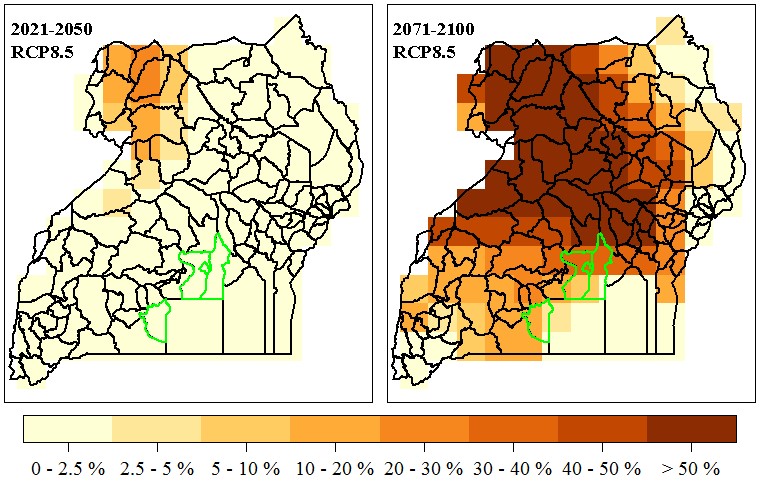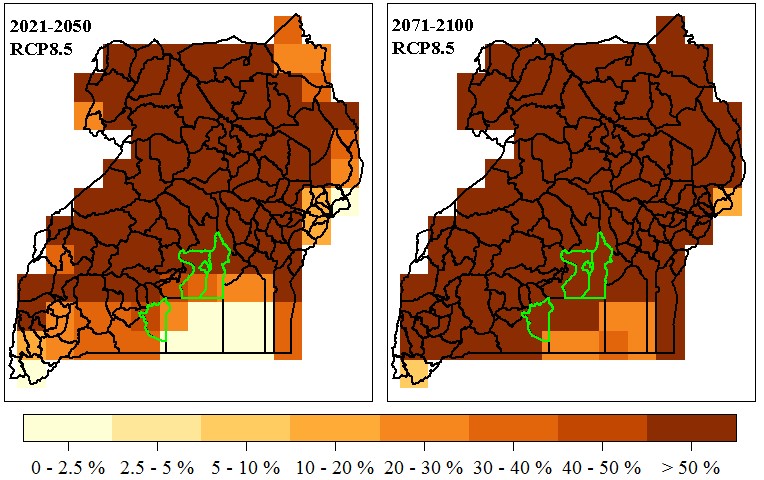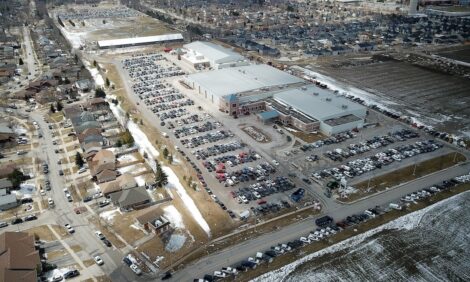



Taming heat stress - climate change adaptation of dairy, pig sectors in Uganda
Global heat stress is a growing problem that stands to impact health, livelihoods and the very food we eat. While high temperatures and heat waves can occur under normal weather conditions, with climate change they are becoming more severe, last longer and happen more frequently.In 2019, we saw wildfires blaze across different parts of the world, culminating in the devastating bushfires in Australia that raged for nearly two and half months, fueled by record-breaking temperatures and prolonged drought, writes John Mutua, Birthe Paul, Mireille Ferrari (ILRI) and Rosemary Nzuki.
Less spoken about is the impact of rising temperatures on animals, specifically on livestock. When cows and pigs are exposed to continuous heat stress, their bodies lose the ability to cool themselves effectively, resulting in lowered productivity, weakened immune systems and, at times, death. In East African countries such us Kenya, Uganda and Tanzania, where livestock- and animal-source foods are critical sources of livelihoods and protein, heat stress could have serious economic and nutritional impacts.
Know your problem areas
Recognizing which regions and areas are at risk of rising temperatures as a result of climate change can help governments and farmers plan and adopt practices and measures to help mitigate the effects of heat stress on livestock production. To this end, researchers at the Alliance of Bioversity International and the International Center for Tropical Agriculture (CIAT), International Livestock Research Institute (ILRI) and Karlsruhe Institute of Technology (KIT) embarked on a project to map heat stress risk for six livestock species including dairy cattle, beef, pig, sheep, goat and poultry across East Africa.
The mapping study was carried out over four months in twenty one countries* across Africa, using ERA Interim reanalysis data and global climate models from the Coordinated Regional‐Climate Downscaling Experiment for Africa (CORDEX-AFRICA). The final maps highlight hotspot areas where heat stress could significantly affect livestock production.

A look at Uganda
In Uganda, smallholder livestock production systems are transitioning towards market-oriented models. However, to remain sustainable, adaptation of these livestock production systems to climate change should be a priority. Analysis of historical climate data and simulation of future periods indicate that there would be a gradual shift towards more severe conditions experienced in most parts of the country in the future. For dairy cattle, it was projected that the North Western parts will have on average 125 days of severe heat stress conditions in the future. For pigs, who fare worse than other livestock in heat stress conditions due to their smaller lungs and inability to sweat, severe heat stress conditions will be felt in most parts of the country.

Mobilizing action powered by data
Together with geospatial analyst John Mutua, Birthe Paul presented the heat stress risk projections for dairy cattle and pigs in Uganda to government, private sector and farmer stakeholders at a one-day workshop in the country’s capital city, Kampala. During the workshop, participants assessed heat-stress-related risks including reduced production and increased disease prevalence that cut across the agricultural value chain. Among the ongoing potential adaptation options discussed were modification of animals’ housing and increased disease surveillance, including research on appropriate housing infrastructure design and capacity development for farmers to detect diseases.


